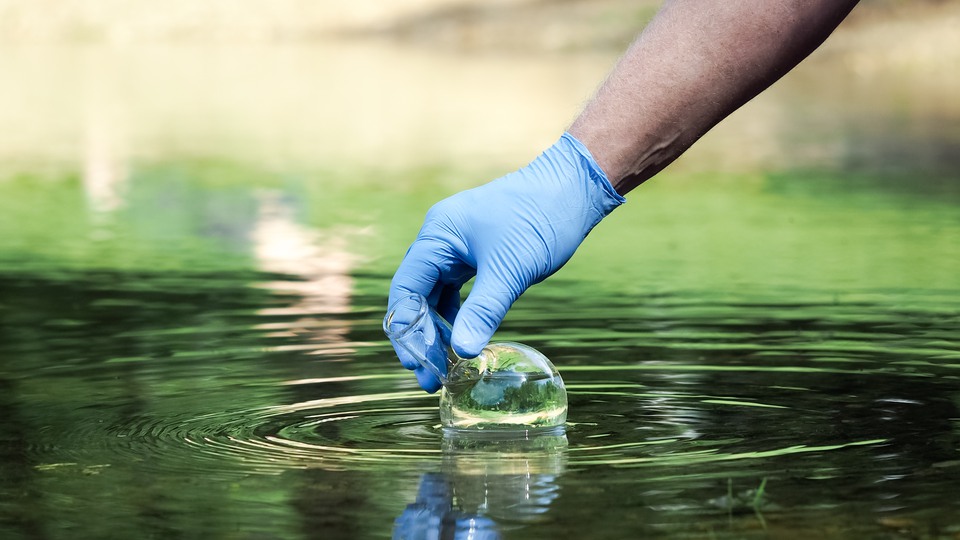- Start
- Monitoring
- Water

Water monitoring
Monitoring water chemistry components is a key activity within ICP Waters, where the aims are to assess effects of long-range transboundary air pollution on fresh water systems, and collect information to link chemical dose with biological response.
From the beginning, ICP Waters was designed to assess, on a regional basis, the degree and geographical extent of acidification of surface waters, and concentrated on monitoring components essential for assessing the acidification status, including nitrogen species and dissolved organic matter. Trace metals are also considered.
A list of mandatory determinants related to S and N-deposition (acidification) consists of those that define the degree of acidification or which are directly related to acidification of the waters (pH, alkalinity, inorganic aluminium, major cations and anions, nitrogen species, dissolved organic matter). Additionally, desirable or optional determinants that may be useful for the interpretation effects of acidification can also be submitted. An annual chemical intercomparison is performed to ensure continued high analytical quality of the laboratories involved in national monitoring programs. For assessing effects of air pollution, the ANC (Acid Neutralizing Capacity) is a useful parameter. ANC is defined as the potential of a solution to neutralise additions of strong acids to a given level. Reference is made to the ICP Waters manual for further details.
Runoff water chemistry is included in the ICP Integrated Monitoring programme. Runoff is the main output of solutes from a catchment area. The amount of element loss can be calculated by measuring the runoff and analysing the concentrations of runoff water. The parameters included are mainly related to acidification, such as anions, cations dissolved organic carbon and nutrients.

